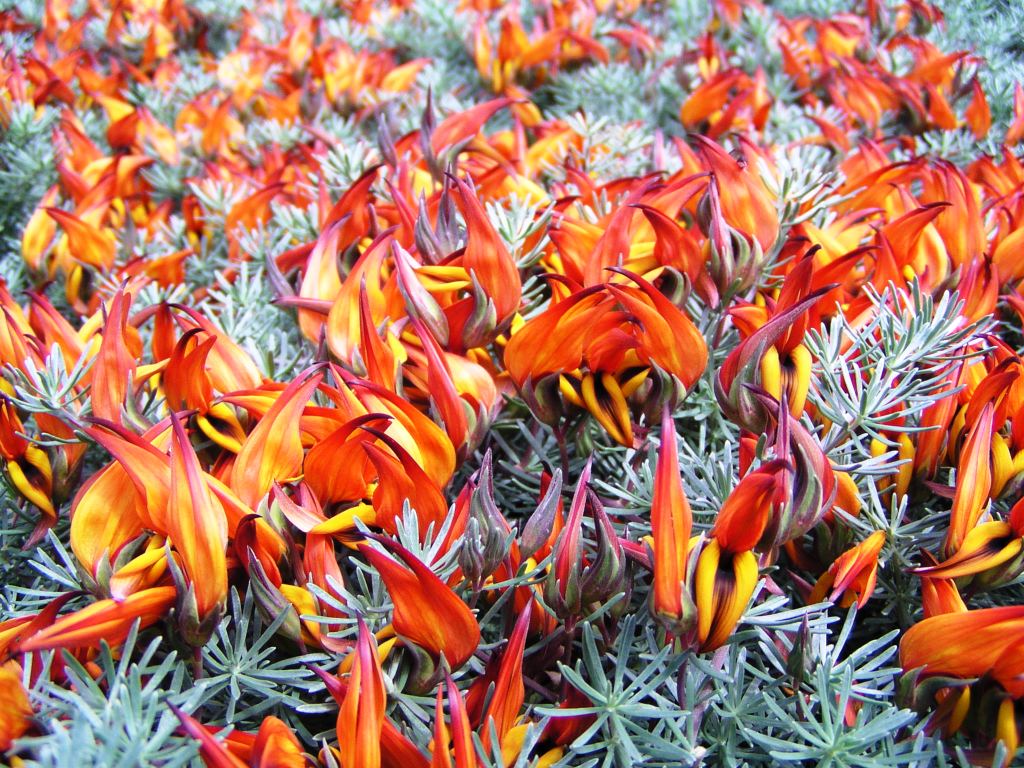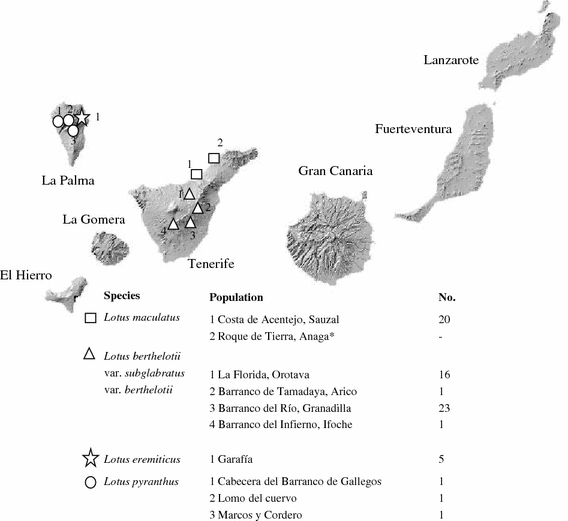Photo by Tom Potterfield licensed by CC BY-NC-SA 2.0
In 1765, a pair of botanists, John and William Bartram, observed "several very curious shrubs" growing in one small area along the banks of the Altamaha River in what is now Georgia. Again in 1773, William Bartram returned to this same area. He reported that he "was greatly delighted at the appearance of two beautiful shrubs in all their blooming graces. One of them appeared to be a species of Gordonia, but the flowers are larger, and more fragrant than those of the Gordonia lasianthus.” The species Bartram was referring to was not a Gordonia, but rather a unique species in a genus all of its own. After years of study, Bartram would name the plant in honor of a close family friend, Benjamin Franklin.
This tree is none other than the Franklin tree - Franklinia alatamaha. This beautiful member of the tea family (Theaceae) is unique in that it no longer exists outside of cultivation. It is completely extinct in the wild. However, this is not a recent extinction brought on by the industrialization of North America. IT would seem that Franklinia was nearing extinction before Europeans ever made it to North America. As Bartram first noted "We never saw it grow in any other place, nor have I ever since seen it growing wild, in all my travels, from Pennsylvania to Point Coupe, on the banks of the Mississippi, which must be allowed a very singular and unaccountable circumstance; at this place there are two or 3 acres of ground where it grows plentifully." Indeed, no reports of this species came from anywhere other than that two to three acre section of land on he banks of the Altamaha River. The last confirmed sighting of Franklinia in the wild was in 1790.
Photo by Krzysztof Ziarnek, Kenraiz licensed by CC BY-SA 4.0
What happened to Franklinia? The truth is, no one really knows. Many theories have been put forth to try to explain the disappearance of this unique shrub. What can be agreed on at this point is that Franklinia was probably mostly extinct by the time Europeans arrived. One thought is that it was a northern species that "escaped" glaciation thanks to a few scattered populations in southeastern North America. Indeed, it has been well documented that plants grown in the northern US fare a lot better than those grown in the south. It is thought that perhaps Franklinia was not well adapted to the hot southern climate and slowly dwindled in numbers before it had a chance to expand its range back north after the glaciers retreated.
Others blame early botanists for collecting this already rare species out of existence. What few trees may have remained could easily have been whipped out by a stochastic event like a flood or fire. Another possibility is that habitat loss from Indigenous and subsequent European settlement coupled with disease introduced via cotton farming proved too much for a small, genetically shallow population to handle. In my opinion, it was probably the combination of all of these factors that lead to the extinction of Franklinia in the wild.
Photo by Tony Rodd licensed by CC BY-NC-SA 2.0
Anyone growing this tree may notice some funny aspects of its ecology. For instance, it blooms in September, which is a lot later than most North American flowering tree species. Also, the fruits take a long time to mature, needing 13 - 15 months on the tree to be viable. The combination of these strange quirks of Franklinia biology as well as its inability to handle drought (a condition quite common in its only known natural range in Georgia), lends credence to the glacial retreat theory.
We do owe Bartram though. Without him, this species may have disappeared entirely. During his expeditions to Georgia, he collected a few seeds from that Franklinia population. Any Franklinia trees growing in gardens today are direct descendants of those original collections. Franklinia is yet another plant species kept alive by cultivation. Without its addition to gardens all over the country, this species would have been lost forever, living on in our minds as illustrations and herbarium specimens.






